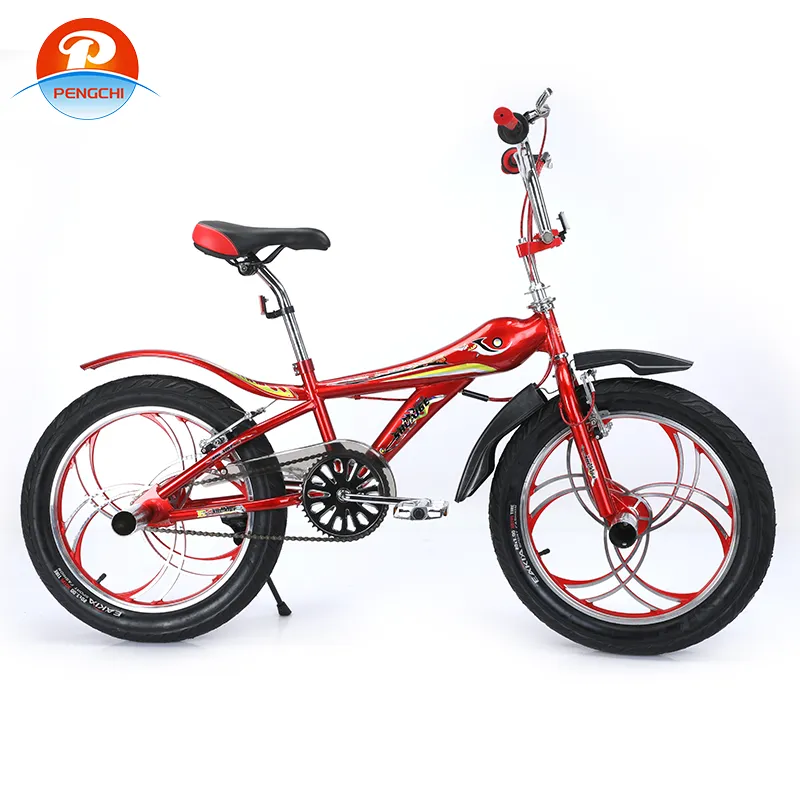
-
 Afrikaans
Afrikaans -
 Arabic
Arabic -
 Belarusian
Belarusian -
 Bengali
Bengali -
 Bulgarian
Bulgarian -
 Croatian
Croatian -
 Czech
Czech -
 Danish
Danish -
 Dutch
Dutch -
 English
English -
 Finnish
Finnish -
 French
French -
 German
German -
 Greek
Greek -
 hawaiian
hawaiian -
 Hebrew
Hebrew -
 Hindi
Hindi -
 Hungarian
Hungarian -
 Indonesian
Indonesian -
 irish
irish -
 Italian
Italian -
 Japanese
Japanese -
 Javanese
Javanese -
 kazakh
kazakh -
 Khmer
Khmer -
 Korean
Korean -
 Kyrgyz
Kyrgyz -
 Lao
Lao -
 Latin
Latin -
 Luxembourgish
Luxembourgish -
 Malay
Malay -
 Myanmar
Myanmar -
 Norwegian
Norwegian -
 Persian
Persian -
 Polish
Polish -
 Portuguese
Portuguese -
 Romanian
Romanian -
 Russian
Russian -
 Serbian
Serbian -
 Slovak
Slovak -
 Somali
Somali -
 Spanish
Spanish -
 Swedish
Swedish -
 Tagalog
Tagalog -
 Thai
Thai -
 Turkish
Turkish -
 Turkmen
Turkmen -
 Ukrainian
Ukrainian -
 Uighur
Uighur -
 Vietnamese
Vietnamese
Dec . 20, 2024 21:20 Back to list
Different Styles of Mountain Bikes Explained for Enthusiasts and Beginners
Types of Mountain Bicycles Exploring the Terrain
Mountain biking is an exhilarating way to experience the great outdoors, combining physical challenge with the thrill of navigating varied terrains. With the rise in popularity of this sport, mountain bicycles have evolved into several specialized types, each designed to meet specific riding preferences and trail conditions. Understanding the different types can help riders choose the right bike for their adventures.
1. Cross-Country (XC) Bikes
Cross-country bikes are lightweight and designed for speed and efficiency on both climbs and flat terrains. These bikes typically feature a geometry that prioritizes pedaling efficiency, making them the ideal choice for long-distance rides and racing. XC bikes come in both hardtail (with a front suspension) and full-suspension models. The hardtail version is often favored for its simplicity and reduced weight, while full-suspension models offer enhanced comfort over rougher trails. Riders looking to compete in events like marathons or XC races will benefit greatly from this type of bike.
2. Trail Bikes
Trail bikes are perhaps the most versatile option, making them a popular choice among recreational riders. They strike a balance between efficiency and capability, making them suitable for various terrains. With a moderate amount of suspension travel (typically between 120mm to 150mm), trail bikes are equipped to handle a variety of obstacles, including roots, rocks, and steep descents. The geometry of trail bikes allows for a more upright riding position, which contributes to comfort during longer rides. Whether navigating technical descents or climbing steep hills, trail bikes provide the adaptability cyclists need for diverse terrains.
As the name suggests, all-mountain bikes are built to tackle diverse and challenging terrains, making them suitable for aggressive riding styles. These bikes are equipped with more suspension travel (usually ranging from 140mm to 180mm) to absorb larger bumps and drops. Their geometry is designed for stability on steep descents while still allowing for a decent climbing capability. All-mountain bikes are quite versatile and can handle everything from smooth singletrack to rocky downhill sections. For riders looking for excitement on varied trails, all-mountain bikes can enhance the experience.
types of mountain bicycles

4. Enduro Bikes
Enduro biking has gained a dedicated following over the past few years. Enduro bikes are specifically designed for downhill racing but are also efficient enough for the uphill sections that typically precede descents in enduro events. With robust suspension systems (ranging from 150mm to over 200mm of travel), these bikes excel at handling technical trails filled with obstacles. They are built to be durable and can withstand the rigors of rough riding. Although slightly heavier than XC and trail bikes, their strength and performance in downhill sections make enduro bikes a top choice for thrill-seekers.
5. Downhill Bikes
For those who crave speed and adrenaline, downhill bikes are designed solely for descending steep and rugged trails. These bikes feature long suspension travel (often exceeding 200mm) and are equipped with specialized components that prioritize durability and stability at high speeds. The geometry of downhill bikes is built to keep the rider balanced and in control during descents, with a low center of gravity and slack head angles. While not ideal for climbing, these bikes are perfect for riders who want to tackle challenging downhill courses with confidence and speed.
6. Fat Bikes
Fat bikes have gained popularity for their ability to traverse soft and unstable terrains like snow, sand, and mud. They feature oversized tires (typically 3.7 inches wide or more) that provide extra flotation, allowing riders to maintain traction in challenging conditions. The geometry of fat bikes resembles that of mountain bikes but is designed to enhance stability and control on loose surfaces. Fat biking opens up opportunities for year-round riding, allowing cyclists to explore trails that would otherwise be inaccessible during certain seasons.
Conclusion
Choosing the right mountain bicycle ultimately depends on the rider’s intended use and the type of terrain they plan to encounter. From cross-country bicycles that promote speed to fat bikes made for winter exploration, there’s a mountain bike for every type of adventure. Understanding the distinct characteristics and purposes of each bike type will enhance the mountain biking experience, allowing riders to enjoy the thrill of the trails to the fullest. Whether you're a seasoned cyclist or just starting, the right mountain bike can elevate your riding experience, empowering you to conquer the great outdoors.
-
Red Black BMX Bike with GPT-4-Turbo AI Tech
NewsJul.31,2025
-
New Red Anti-theft E-Bike | Easy Ride City Commuter
NewsJul.31,2025
-
BMX 20 Inch Bikes for Freestyle & Street | Fat Tire Options Available
NewsJul.30,2025
-
322 High Quality 26 Inch 21 Speed Adult Mountain Bike OEM MTB
NewsJul.29,2025
-
Specialized Kids Mountain Bikes - Safe, Durable & Fun Riding Experience
NewsJul.29,2025
-
Little Kids Mountain Bike - Lightweight Bikes for Young Riders
NewsJul.29,2025

